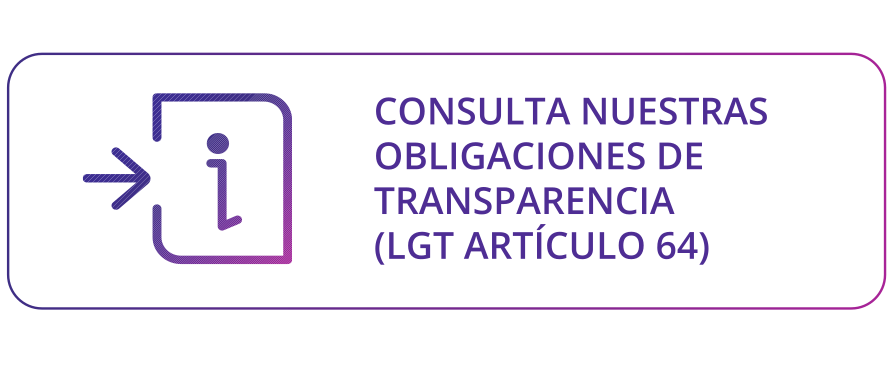Como parte de las actividades de la comunidad académica, El Colegio de la Frontera Norte informa que el Dr. César Fuentes asistirá a la conferencia «Beyond Resilence: Actions for Just Metropolis» a llevarse a cabo el viernes 7 de junio en el Hunter College de Manhattan, Nueva York.
Su contribución consta de la ponencia: Urban Violence and Vacant Housing Units: The spatial identification of resilient housing developments in Ciudad Juarez, Chihuahua, Mexico (2005-2010).
A continuación se agrega un breve resumen de su trabajo:
«Since 2005 Ciudad Juarez caught the national attention for the high vacancy housing and violent crime rates. However, most of the violence and property crimes are concentrated in low income housing developments as a result many of them experience a high rate of vacancy. These developments are described as a resilient developments characterized for the presence of visual signs of abandonment in communities such as high vacancy rates, can fuel additional incivilities as well as “physical and social disorder that may translate into higher levels of crime by discouraging community involvement and providing unregulated private and public spaces in which deviant activities can flourish” (Arnio et al., 2012: 1599).
«It is theoretically expected that vacant units and violent crime are neither uniform or spatially random (Lum, 2008; Vilalta, 2009b). Why is vacant units and crime activity concentrated in some areas?. There are at least two theoretical explanations: the broken windows thesis (Wilson, 1975; Garofalo and Laub, 1978; Wilson and Kelling, 1982) encompasses ideas elaborated more fully within the classic contemporary social disorganization theory (Haining & Ceccato, 2005; Haining, Ceccato & Kahn, 2007; Sampson, 1993; Weisburd & Mazerolle, 2000).
«The use of spatial analysis techniques more provide two measures of spatial autocorrelation: global Moran’s I and Local Indicators of Spatial Autocorrelation (LISA) to identify clusters of declining census tracts. The data provided by Population and Housing Census (Inegi, 2005 and 2010) to show how housing occupancy patterns changed during the recent insecurity crisis and data about violent crimes was provided for Municipal Public Security Office all the information at census tract level. The software used to for this exercise is Geoda developed for Geoda Center for Geospatial Analysis and Computation».As a part of the activities of the scholar community, El Colegio de la Frontera Norte (El Colef by its initials in spanish), informs that César Fuentes will give a talk in the conference “Beyond Resilence: Actions for Just Metropolis” which will take place on June 7th at The Hunter College in New York, Manhattan.
His contribution holds in the subject: Urban Violence and Vacant Housing Units: The spatial identification of resilient housing developments in Ciudad Juarez, Chihuahua, Mexico (2005-2010).
Here’s un extract of his work:
“Since 2005 Ciudad Juarez caught the national attention for the high vacancy housing and violent crime rates. However, most of the violence and property crimes are concentrated in low income housing developments as a result many of them experience a high rate of vacancy. These developments are described as a resilient developments characterized for the presence of visual signs of abandonment in communities such as high vacancy rates, can fuel additional incivilities as well as “physical and social disorder that may translate into higher levels of crime by discouraging community involvement and providing unregulated private and public spaces in which deviant activities can flourish” (Arnio et al., 2012: 1599).
“It is theoretically expected that vacant units and violent crime are neither uniform or spatially random (Lum, 2008; Vilalta, 2009b). Why is vacant units and crime activity concentrated in some areas?. There are at least two theoretical explanations: the broken windows thesis (Wilson, 1975; Garofalo and Laub, 1978; Wilson and Kelling, 1982) encompasses ideas elaborated more fully within the classic contemporary social disorganization theory (Haining & Ceccato, 2005; Haining, Ceccato & Kahn, 2007; Sampson, 1993; Weisburd & Mazerolle, 2000).
“The use of spatial analysis techniques more provide two measures of spatial autocorrelation: global Moran’s I and Local Indicators of Spatial Autocorrelation (LISA) to identify clusters of declining census tracts. The data provided by Population and Housing Census (Inegi, 2005 and 2010) to show how housing occupancy patterns changed during the recent insecurity crisis and data about violent crimes was provided for Municipal Public Security Office all the information at census tract level. The software used to for this exercise is Geoda developed for Geoda Center for Geospatial Analysis and Computation”.
![]()




